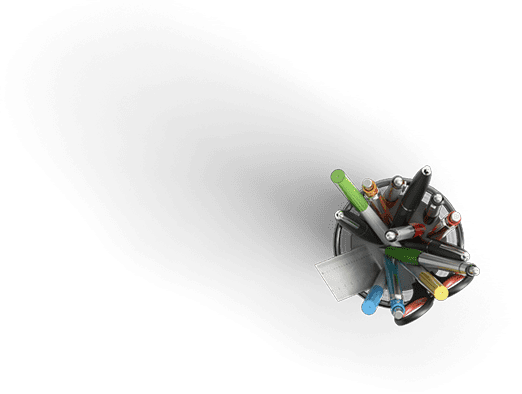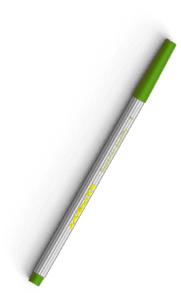UA Supply and Demand Model Questions
Description
Unformatted Attachment Preview
model we have looked at? (Mark all that apply.)
Question 1 options:
Market price.
Quantity traded.
Initial position of the Supply curve.
Initial position of the Demand curve.
Shifts in the Supply and Demand curves.
Question 2 (1 point)
Suppose that all of the firms in an industry are incorporated and
consistently earn a 2% return on stockholder’s equity, but alternative
investments (e.g. certificates of deposit) earn 4%. In this industry, the
firms are earning ___________ economic profits, and we expect to see
the industry ___________ in the long run.
Question 2 options:
positive; expand.
negative; expand.
positive; shrink.
negative; shrink.
Question 3 (1 point)
Someone who sells a bond is a ______, while whoever buys it is a ______.
Question 3 options:
Lender; borrower.
Borrower; lender.
Question 4 (1 point)
Question 4 options:
In the February auction of U.S. 1-year Treasury bills, the winning price
implied an annual yield of
%. You should round to the nearest tenth of a percentage point.
Question 5 (1 point)
What determines the price of a U.S. Treasury bond between the date
that it is purchased and the date that it matures?
Question 5 options:
The U.S. Treasury.
The Federal Reserve.
Supply and demand in the bond market.
The price is frozen at the initial purchase price.
None of these: the bond cannot be traded during that period.
Question 6 (1 point)
After it auctions a bond, what role does the U.S. Treasury play in
determining the day-to-day price of the bond?
Question 6 options:
Almost no role
It sells and buys bonds to keep the market price close to the original auction price.
It sells and buys bonds to keep the market yield close to the Federal Reserve’s target rate.
It computes and enforces the current market price of the bond, according to a calculated trajectory from
the date of auction to the date of maturity.
It guarantees to buy the bond back at the original auction price, if the borrower makes that request, but
intervenes in no other way.
Question 7 (1 point)
For a standard U.S. Treasury bond, when are the following
characteristics of the bond determined?
Question 7 options:
The amounts of any interest payments.
1. Fixed before the bonds are sold and does not
change.
The price that the bondholder pays to the
Treasury to acquire the bond.
2. Fixed when the bonds are sold and does not change.
3. Fluctuates continually.
The dates of any interest payments.
The maturity date.
The amount that the Treasury returns to
the bondholder, when the bond matures.
The bond’s market price.
The bond’s market yield.
Question 8 (1 point)
For a standard corporate bond, when are the following characteristics
of the bond determined?
Question 8 options:
The bond’s market price.
The dates of any interest payments.
The amount that the issuer returns to the
bondholder, when the bond matures.
The price that the bondholder pays to the
issuer to acquire the bond.
The maturity date.
1. Fixed before the bonds are sold and does not
change.
2. Fixed when the bonds are sold and does not change.
3. Fluctuates continually.
The bond’s market yield.
The bond’s coupon rate.
The amounts of any interest payments.
Question 9 (1 point)
The market price of a one-year $10,000 Treasury bill can rise above
$10,000:
Question 9 options:
If bond yields generally fall after the initial sale of the T-bill.
if bond yields generally rise after the initial sale of the T-bill.
If the Treasury unexpectedly curtails its sales of new T-bills.
If the Treasury unexpectedly increases its sales of new T-bills.
Never.
Question 10 (1 point)
Question 10 options:
Suppose that GM issues a $10,000 bond at a coupon rate of 8%. If the
annual interest payment is divided into four equal quarterly payments,
then how much does GM send to the bondholder each quarter? $
Question 11 (1 point)
Question 11 options:
If the Treasury auctions 1-year $1,000 T-bills, and the auction price is
$888, then to the nearest hundredth of a percent the yield is
%.
Question 12 (1 point)
Question 12 options:
If the Treasury auctions 1-year $1,000 T-bills, and the yield based on
the auction price is 1.3%, then to the nearest dollar the auction price is
$
.
Question 13 (1 point)
Question 13 options:
If the Treasury auctions 1-year $1,000 T-bills, and the yield based on
the auction price is 1.6%, then to the nearest dollar the auction price is
$
.
Question 14 (1 point)
Question 14 options:
If the Treasury auctions 1-year $1,000 T-bills, and the yield based on
the auction price is 4%, then to the nearest dollar the auction price is $
.
Question 15 (1 point)
The best time to buy bonds is when (choose the one best answer):
Question 15 options:
Bond yields are historically low.
Bond yields are historically high.
You believe that bond yields will be generally rising.
You believe that bond yields will be generally falling
Purchase answer to see full
attachment

Have a similar assignment? "Place an order for your assignment and have exceptional work written by our team of experts, guaranteeing you A results."









